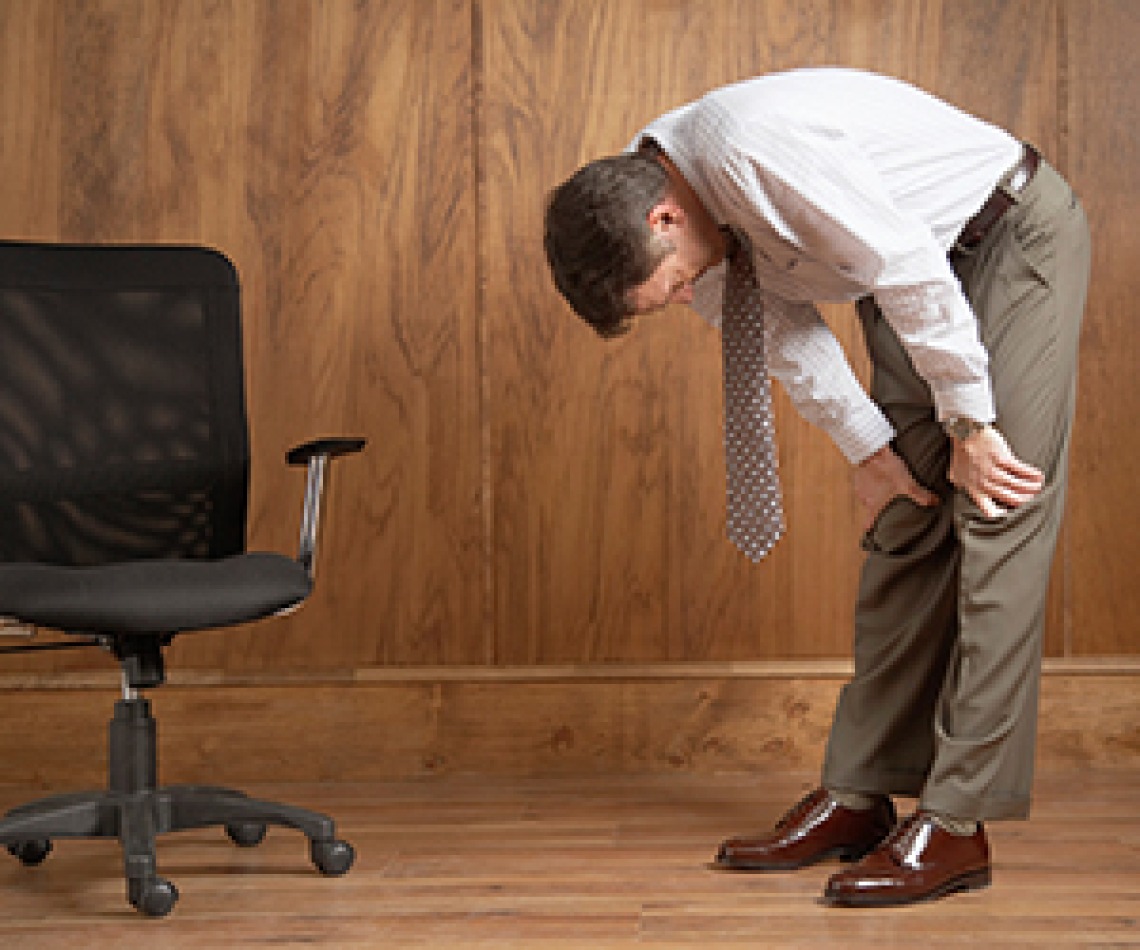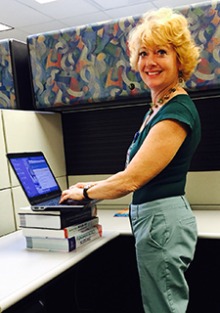Time to 'Break Up' with your Chair
How many hours do you spend sitting in a chair each day? The average American sits 13 hours a day, and the majority say they hate sitting so much—with good reason.


SItting for long hours can cause or aggravate a host of health issues from obesity to stress.
How many hours do you spend sitting in a chair each day? The average American sits 13 hours a day, and the majority say they hate sitting so much—with good reason. We now know, from decades of research, that excessive sitting takes years off our lives, contributes to obesity and heart disease and makes us feel stressed and unhappy. People who sit for long periods accumulate more fat, gain more weight and lose muscle mass, even if they exercise regularly.
Sitting has been called the “new smoking,” and studies have shown that a heavy sitter’s risk of dying is 25-45 percent greater than that of a person who sits for only a few hours a day. What’s more, sitting increases perceptions of stress and is associated with depression. Getting up from your chair can break the cycle of work-related stress and improve your creativity, clear thinking and mood.

A workstation that gets you out of your chair need not be an expensive standing desk.
Breaking the chair addiction can be difficult—especially if you have a job that involves a lot of computer work or meetings. But once you recognize your chair is killing you, you can take simple steps to fight back:
Raise your workstation. You don’t necessarily need an expensive new desk to do this. Tilt your monitor up, stack some thick books under your keyboard and stand while you work at the computer. (I frequently stand for the whole day, taking breaks to walk around, but even standing for an hour each day can help.)
Lose the chair. If you have trouble kicking the habit and find yourself sitting despite raising your computer, take the office chair out of your space entirely or stack files on it.
Move when you can. Pace around the office when you’re on the phone, reading files or doing other tasks that allow you to move.
Walk and talk. Next time you need to meet with one or two colleagues, suggest a walking meeting. You’ll be amazed how much ground you can cover, both physically and in your discussion, when you’re moving!

To avoid sitting all day, move around during tasks that don't require you to be at your desk,
Eat lunch on the move. Yes, I know we were all taught to sit down and eat, but that’s actually not based on research. (Just make sure you aren’t eating mindlessly.)
The rewards you will experience immediately include less fatigue, better mood and more productive interactions with your colleagues. Long term, “breaking up” with your chair can help you reach and maintain a healthy weight, and add years to your life.
It’s time to stand up—for your health!
About the Author
Joy Kiviat, PhD, MSN, FNP-BC, is a clinical assistant professor at the University of Arizona College of Nursing. She teaches courses in the MEPN and RN-MSN programs, and works as a nurse practitioner in a primary care clinic serving low-income clients in Phoenix. Dr. Kiviat also teaches Zumba! to cancer survivors and advocates for the power of exercise in health and wellness. She stands while she works.

